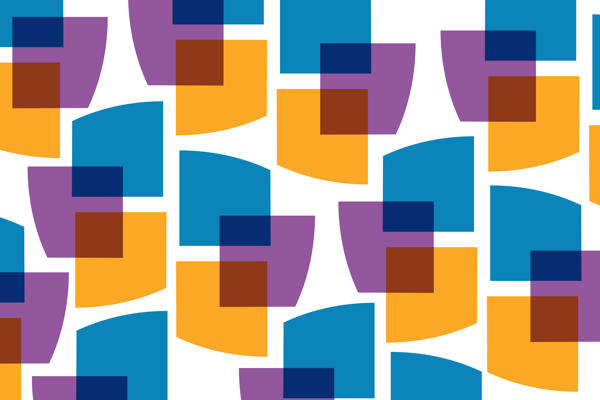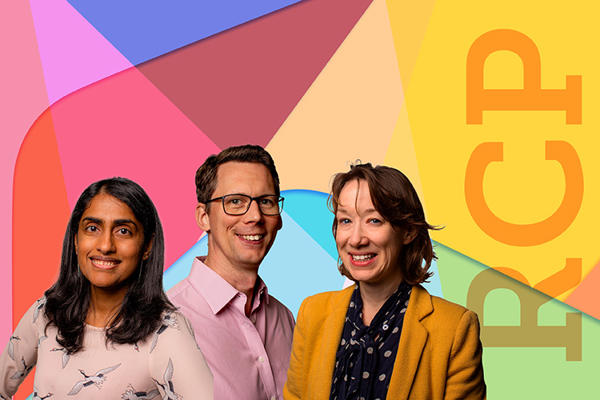Professor Karim Manji, international winner of an RCP Excellence in Patient Care Award, discusses his winning project which used zinc treatments to manage diarrhea in child patients in India and Tanzania.
Diarrhoeal disease in children is one of the most common illnesses in Tanzania and many sub- Saharan countries, and in India and the South East Asian continent. As diarrhoea is a precursor of malnutrition and even death due to nutrient losses, this work is important. In children, diarrhoea is commonly treated by the use of oral rehydration solution (ORS) therapy and zinc supplements.
Research has shown that zinc helps with gut recovery and immunity building, thus reducing diarrhoea frequency, duration and volume. It has been used since 2007 and is recommended by the World Health Organization (WHO) for use in these countries.
The current dose of 10 mg in children below six months and 20 mg in children above six months for 10–14 days is effective. However, it is associated with vomiting and thus poor compliance on its intake.
Our research in Tanzania and India was to perform a trial of zinc in children with diarrhoea under the age of five years by using lower doses to reduce vomiting yet preserving the therapeutic effect of zinc. We call it a superiority trial for reducing the side effect of vomiting while maintaining the benefits of its therapeutic effect (also termed as non-inferiority), therefore it is called in simple terms ‘Zinc Therapeutic Dose Trial at 5 mg and 10 mg’. In its entirety, the trial will enroll 4,500 children, 2,250 in each of the two countries: India and Tanzania.
In Tanzania, this trial involved screening almost 3,000–4,000 children with diarrhoea to obtain the 2,250 for enrollment. All mothers were educated on water and sanitation hygiene (WASH), which meant that the community was engaged in the public health of hand washing, food preparation, hygiene, and the recognition of danger and dehydration signs.
Children were also weighed and had their nutritional status checked, with further education given on feeding and growth monitoring. Those that were not eligible for enrolment were also counselled and given good training on the use of oral rehydration salts (ORS), and the standard of care for zinc and nutrition.
This study is funded by the Bill & Melinda Gates Foundation through able and apt coordination by the WHO. In India it is led by Prof Sunil Sazawal and his team. In Tanzania we work in collaboration with the Boston Children's Hospital at Harvard Medical School with Professor Chris Duggan, and the Muhimbili University of Health and Allied Sciences (MHAS) in Tanzania.
The carer/mother is consented appropriately and educated about the study. The dosing is supervised, and the child is followed up for 60 days at regular intervals. During this follow up, important information on the duration, frequency and volume of loose stools, as well as vomiting, is meticulously recorded.
The mother is empowered by learning how to record using a simple tool in the form of a daily picture diary during the zinc therapy. This has helped them teach their neighbours and relatives, and helped them to recognise future danger signs which will be detrimental to a child’s health in relation to diarrhoea.
The children are also tested for plasma zinc levels as a measure in the community. This is done by taking blood and spinning (centrifuging) it for 15 minutes to separate the plasma, and this is done very meticulously. These samples are stored at -90°C and shipped to the Centre of Public Health Kinetics in India for testing using a specialised technique with atomic absorption spectrometry.
The patient care component is the intense engagement of the mother in the care of the child, from which we will not only get information on the right dosage to use in diarrhoea, but ensure that others understand the simple knowledge and importance of good care and monitoring during diarrhoea.
Our follow up rate for the study was 99.7% and compliance was also the same.
The challenges we faced were at the start up, with institutional review boards, procurements and establishing the set-up of research and building trust, particularly from the fathers and the community. The establishment of the laboratory and the sensitive time point using stopwatches for centrifuging, and the challenge of coping with electricity interruptions, were all swiftly tackled with the highest degree of integrity and scientific quality was maintained.
We have now managed to develop a rapport with the community and the situation is now very conducive as we continue to cater for these children and their families even after completion of the study. We have completed the trial and are now analysing the clinical results to be published sometime later this year.
We are meeting with our counterpart, the Indian team, to analyse this data and investigate the details of plasma zinc as well. The analysis will lead us to report the crucial findings and in the near future we shall be able to advise the WHO on future recommendations for the use of zinc as a therapy for diarrhoea in children. This will thus have an impact on these two continents and globally.
We are very thankful for the WHO and the Bill & Melinda Gates Foundation for their support and trust, as well as the children in Africa and India, and the mothers who took care of us (when we were children too) in such hard circumstances.




